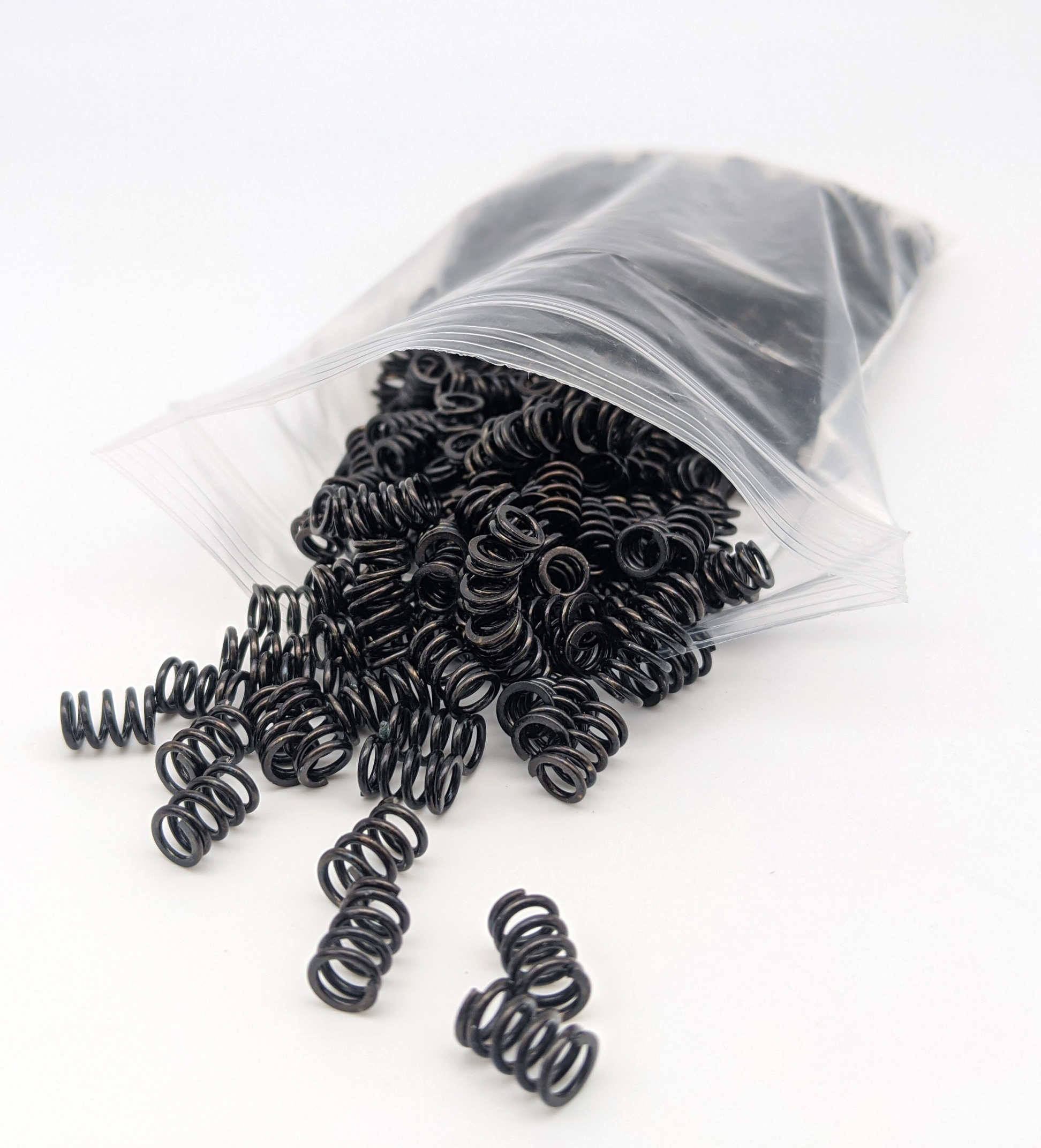Get unique, complex parts easily. No matter your requirements, Chaoyi Spring creates hard-to-produce coil springs and wire forms.
Let us help you create the custom wire form you need, from S-hooks and J-hooks to utility hooks and more.
We work closely with customers across a wide range of industries, helping them design and manufacture made-to-order parts.
Why choose Chaoyi Spring? We prioritize customer-focused collaboration, modern equipment and the latest technology to make your parts per print.
Find the information and guidance you need, from measuring a spring to learning about materials, placing an order and much more.
Have you ever wondered how those mesmerizing waves travel through a spring? It's a fantastic way to visualize the principles of wave motion, and it's surprisingly easy to create. In


Have you ever wondered how those mesmerizing waves travel through a spring? It's a fantastic way to visualize the principles of wave motion, and it's surprisingly easy to create. In this article, we'll delve into the mechanics of generating transverse waves in a spring, explaining how they differ from longitudinal waves and exploring the fascinating physics behind it all. Get ready to shake things up and discover the world of wave propagation!

Imagine a long, springy coil stretched out in front of you. Now, picture yourself giving one end a quick up-and-down motion. What happens? The disturbance you created doesn't just stay localized; it travels along the spring, forming a wave pattern. This is what we call a transverse wave.
The key feature of a transverse wave is that the particles of the medium (in this case, the coils of the spring) move perpendicular to the direction the wave travels. Think of it like a ripple on a pond – the water molecules move up and down, but the wave itself propagates horizontally.
To truly understand transverse waves, it's helpful to compare them to their counterpart: longitudinal waves. A longitudinal wave is one where the particles of the medium move parallel to the direction the wave travels. Think of a slinky stretched out on the floor. If you push one end forward, you create a compression wave that travels down the slinky, with the coils bunching up and spreading out.
So, to summarize:
Ready to get your hands on some springy fun? Here's how to create transverse waves in a spring and observe their fascinating properties:
Here are some key properties of transverse waves you can explore using your spring:
Transverse waves are not just a fun physics experiment – they're all around us! Here are a few examples:
Understanding wave motion is crucial in many fields, from physics and engineering to music and communication. By exploring the simple yet fascinating world of waves in a spring, you're taking a step towards grasping the intricate workings of our universe. So, get out there, experiment, and let those waves inspire you!
By creating transverse waves in a spring, you can witness firsthand the fascinating physics behind wave motion. The next time you see a ripple on a pond, a beam of light, or listen to your favorite song on the radio, remember the simple spring experiment that sparked your understanding of these ubiquitous phenomena. Keep exploring, keep learning, and keep shaking those springs!
Browse some of the custom wire forms and springs that we manufacture. Don’t see what you need? We specialize in made-to-order products that meet your application requirements.
Visit Our GalleryNeed a custom wire form or coil spring? We make it work. Fill out the contact form and a representative will respond within 1 business day. If you have a PDF or CAD file, you can submit to request a quote.